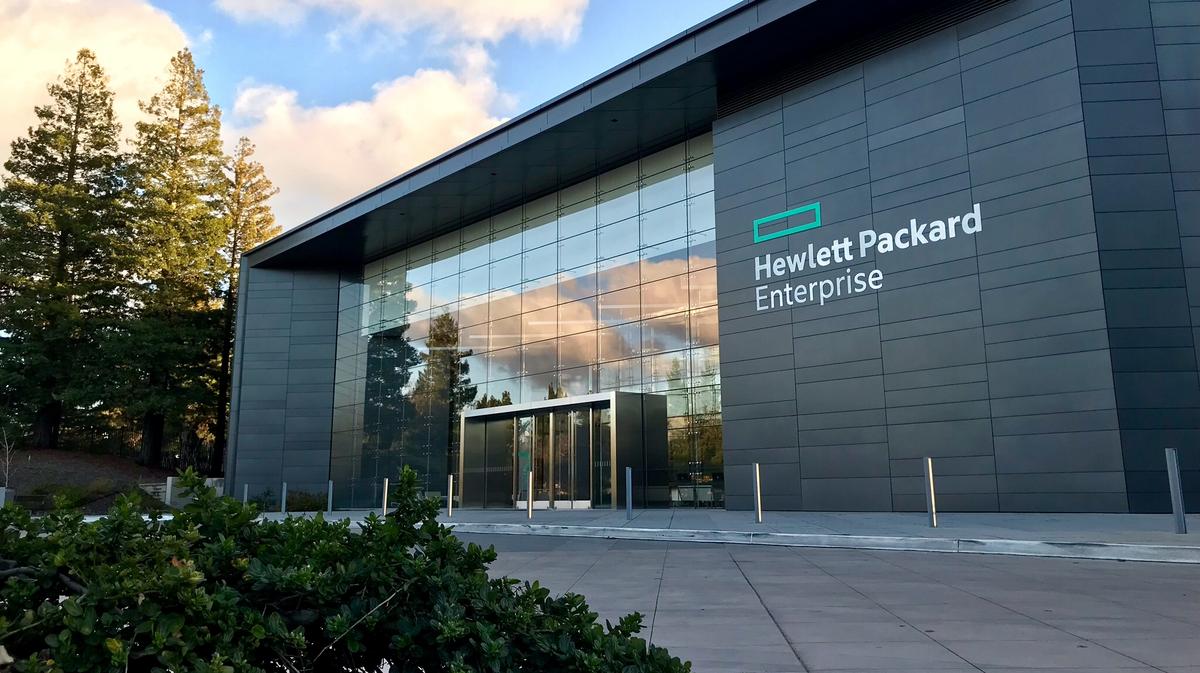HPE Proving to be a Leader in Sustainability

Hewlett Packard Enterprise (HPE) boasts it was the first IT company to set science-based targets across its value chain aligned to the goals of the Paris climate accord.
The company “recognizes the imperative to minimize our industry’s environmental footprint and the opportunity to position ourselves as business and technology leaders enabling a low-carbon economy,” HPE stated on its website.
HPE strives to make an impact on its environmental impact, and it is placing a priority on responding to climate change.
“We recognize that limited resources and impacts on the climate are some of the most complex challenges facing our world today,” added Brian Tippens, HPE’s vice president and chief sustainability officer. “We’re committed to innovating transformative sustainable solutions that decrease the time to value for our customers, while also working together with our suppliers and industry peers to drive strategies that reduce climate impacts.”
Climate targets and achievements
HPE aims to have net-zero greenhouse-gas (GHG) emissions across its value chain by 2050, and 80% of its production suppliers will set science-based targets by 2025. Furthermore, in 2020 HPE reported a 3.2-times increase in the energy performance of its products since 2015, and it aims to increase that to 30 times by 2025.
Meanwhile, many of the company’s climate goals have already been achieved ahead of its target deadlines, according to HPE’s 2020 Living Progress Report. For example, the company wanted to reduce absolute manufacturing-related GHG emissions in its supply chain by 15% by 2025 compared to 2016 levels, and in 2019 HPE reduced emissions by 15% compared to 2016 levels. Additionally, HPE aimed to minimize operational GHG emissions by 55% by 2025 compared to 2016 levels, and in 2020 it reduced emissions by 62% compared to 2016 levels.
Looking ahead, HPE is on track to complete many of its other climate targets. HPE aims to source 50% of total electricity consumption in its operations from renewables by 2025, and the company already sourced 44% of its operational electricity from renewables in 2020, according to the report. In addition, HPE plans to reduce absolute emissions from transportation logistics by 35% by 2025 compared to 2016 levels, and the company already reduced absolute emissions from its transportation logistics by 27% in 2020 compared to 2016 levels.
Awards and recognitions
“Our work to reduce GHG emissions and climate-related risks continues to be recognized by reputable organizations,” HPE stated in its 2020 Living Progress Report. “For the eighth consecutive year, HPE was recognized for leadership in corporate sustainability by global environmental nonprofit CDP, securing a place on its prestigious climate change A List and its supplier engagement leaderboard.”
HPE has garnered awards and recognition from several publications and organizations:
- HPE was awarded a Global Corporate Sustainability Award, specifically the Special Award for Pandemic Response, in 2021.
- HPE was recognized in the 2022 global Bloomberg Gender-Equality Index.
- HPE received a score of 100% on the 2022 Human Rights Campaign (HRC) Corporate Equality Index and was recognized as a “Best Place to Work for LGBTQ Equality” by HRC.
- HPE received recognition in the Corporate Knights Global 100 ranking of the world’s most sustainable corporations and placed 50th overall.
- HPE was honored with the ESG Regional Top-rated Badge by Sustainalytics. HPE was identified as a top ESG performer out of more than 4,000 comprehensive companies assessed.
- For the fifth consecutive year, HPE ranked in the top 100 JUST Companies. This year HPE placed 2nd in its industry and in the top 75 overall.
- For the fourth consecutive year, HPE rated positive overall in the 2022 Gartner Vendor Rating. HPE received positive ratings in all six categories: strategy, technology/methodology, product/service, support/account management, pricing structure, and corporate viability.
- HPE was listed in the 2019 Dow Jones Sustainability World Index, recognizing the company’s efforts to lead the industry in sustainable practices.
Green technology innovations
The HPE GreenLake edge-to-cloud platform—used by the likes of Microsoft and Intel— delivers a cloud experience across edges, colocations and datacenters. The technology allows users to reduce their environmental footprint by saving energy in their datacenter or at a colocation provider.
Switching over to circular IT with this platform provides a set of cloud services that deliver IT outcomes that HPE boasts are “responsibly sourced and efficiently delivered.”
Users in various industries, including financial services, healthcare, manufacturing, public sector and telecommunications, use HPE GreenLake to meet their business goals and targets.
“From making autonomous driving a reality with HPC, to scaling systems to handle real-time ATM transactions, dramatically cutting processing times for 3-D animation and visual effects, delivering more responsive and beneficial citizen services, and efficiently managing medical records, the HPE GreenLake platform has helped organizations reach not only their IT goals, but their business goals as well,” the company stated on its website.
The platform allows users to optimize energy consumption. This is done by minimizing energy costs and emissions by increasing utilization, eliminating overprovisioned, unused equipment, optimizing server refresh cycles and lowering energy consumption and footprint. The platform also offers users a way to manage their asset life cycle and reduce the environmental impact of business operations while boosting their IT budget.


Leave a Reply